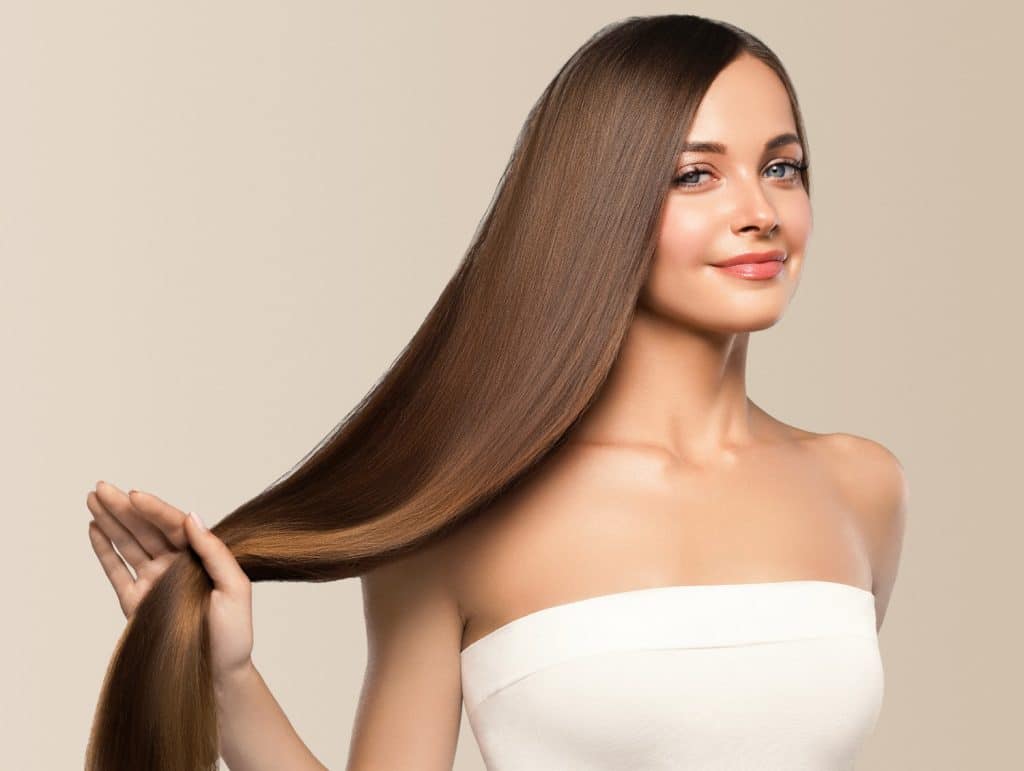The journey to perfect hair often feels like a never-ending battle. Between the array of hair products, countless YouTube tutorials, and contrasting advice, it’s easy to become overwhelmed.
However, achieving that silky and smooth mane is more about understanding the fundamentals of hair health and personalized care. This comprehensive guide will take you through the intricacies of maintaining your locks in the best condition, leading you down the path to the hair you’ve always envisioned.
Understanding Hair Structure
Before diving into solutions, like the amika smooth collection, it’s essential to grasp the basic anatomy of a hair strand. Each strand comprises three layers:
Cuticle: The outermost layer, made of overlapping scales. A smooth cuticle reflects light better, giving hair a shiny appearance.
Cortex: Contains the hair’s pigment, giving it its color, and is the main structure responsible for hair’s strength and elasticity.
Medulla: The innermost layer, its purpose is not entirely understood, but it may play a role in hair’s thermal insulation.
When hair feels rough or looks dull, it’s often because the cuticle is raised or damaged. On the other hand, when the cuticle lies flat and is healthy, hair appears shinier and feels smoother.
Choosing the Right Shampoo and Conditioner
One’s journey to silken tresses starts in the shower. The shampoo and conditioner you choose play a pivotal role in the health of your hair.
- Know Your Hair Type: Whether you have oily, dry, or normal hair will determine the type of shampoo you need. For example, those with dry hair might opt for moisturizing shampoos, while oily hair types could benefit from clarifying options.
- Avoid Harsh Sulfates: Ingredients like sodium lauryl sulfate or sodium laureth sulfate can strip the hair of its natural oils, making it dry and brittle. Instead, look for sulfate-free formulas.
- Conditioning is Key: A good conditioner helps in detangling and provides the hair with essential moisture. For an added boost, consider using a deep conditioning mask once a week.

Heat Styling: Friend or Foe?
Heat styling tools such as straighteners, curling irons, and blow dryers can give you your desired look, but they come with a price. They can damage the hair cuticle, leading to split ends, breakage, and frizz.
- Limit Heat Exposure: Try to reduce the frequency of using these tools. Embrace your natural hair texture occasionally and discover heat-free styling methods.
- Use a Heat Protectant: Before you expose your hair to any heat, spray or apply a heat protectant. These products form a protective barrier, reducing potential damage.
- Invest in Good Quality Tools: If you must style, opt for tools that have ceramic or tourmaline plates and ionic technology. These help in even heat distribution and reduce frizz.
Embrace a Healthy Diet
What you feed your body often reflects on your hair. A well-balanced diet can significantly improve hair health, making it look shinier and feel stronger.
- Proteins: Hair is primarily made up of protein. Hence, including lean meats, fish, eggs, and dairy in your diet can strengthen hair strands.
- Omega-3 Fatty Acids: Found in fish, walnuts, and flaxseeds, these fats help moisturize the scalp and reduce dryness.
- Vitamins and Minerals: Biotin, Vitamin E, and Iron are particularly important for hair. Spinach, nuts, and whole grains are excellent sources.
Regular Trimming and Protective Styles
While it might seem counterintuitive, regular trims can aid in achieving longer, healthier hair. Split ends can travel up the shaft and cause more damage. By trimming every 6-8 weeks, you ensure the ends remain healthy.
Additionally, protective styles like braids, buns, and updos can shield hair from environmental factors and reduce the temptation of over-styling.
The Role of Hair Treatments
There’s a plethora of hair treatments available, catering to various needs. From oil treatments to protein packs, selecting the right one can transform your hair game.
- Oil Treatments: Massaging oils like coconut, argan, or jojoba into the scalp and hair can nourish, moisturize, and even promote growth.
- Protein Treatments: Ideal for damaged or chemically treated hair, these restore strength and resilience.
- Scalp Treatments: A healthy scalp is the foundation for healthy hair. Exfoliating scrubs and balancing serums can alleviate issues like dandruff or itchiness.
In a nutshell
Achieving silky and smooth hair isn’t merely about a single product or routine; it’s a comprehensive approach that involves understanding, nourishing, and caring for your hair from the inside out.
Remember, every individual’s hair is unique. It might take some trial and error to find the perfect regimen, but with dedication and knowledge, you’ll be well on your way to flaunting the hair of your dreams.


